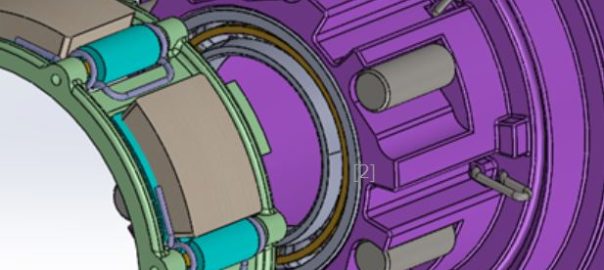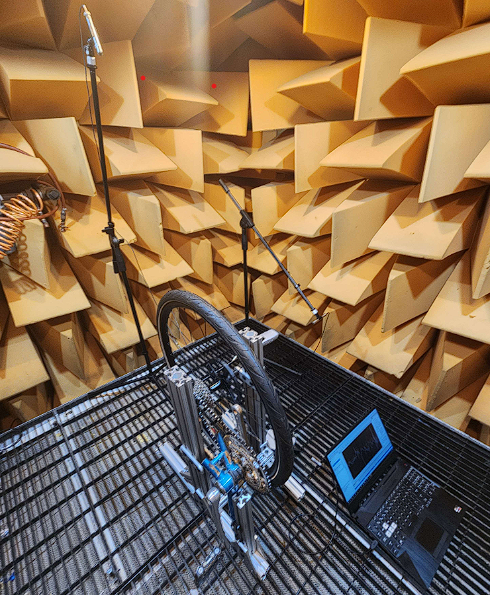Overview
We are a group of MTU students who have partnered with a Tech Alum, Tony Senger, to aid him in developing a bicycle hub design that he has patented. The team for the Fall semester of 2024 includes 4 mechanical engineering majors: Hayden VanRavenswaay, Carter Elmy, Austin Kluck, and Luke Rosinski.
The Senger Innovations LLC Clutch Hub is a new type of hub engagement mechanism designed for bicycle applications to reduce the high frictional drag found in other modern hubs on the market. Anthony Senger approached the Velovations Enterprise of Michigan Tech with a patented roller clutch design looking for assistance in development and testing to one day bring a new low friction hub to the bicycle market. The project saw its initial kick-off in the Spring 2021 semester to break down the hub from its rotational design into a simplified linear model to serve as a proof of concept. We started by creating a multi-body dynamics model in Altair’s Hyperworks MotionView software to complete our simulation. This model was then redesigned for ease of manufacturing and finally transformed into a benchtop sized physical prototype.
In the Fall 2022 semester, the team took the benchtop prototype which had excessive friction due to manufacturing and design errors and completely revamped it with many new components and tweaked designs. In the Spring 2022 semester the final version of the benchtop prototype was professionally recorded by a local production company, MONTE. These videos/benchtop model will serve as a tool for Tony to show to investors and interested persons to help explain the technology in the future. The Spring 2022 team also performed structural analysis on multiple different spring configurations options in the radial hub to tune in what materials would best suit the application. Our team has also started developing a DVP&R plan for testing the future prototypes against the competition. We will be building our own testing fixture that can be utilized by future Voodoo Hubs teams.
Now, in the latter half of 2024, we have finally reached the point where we can benchmark several drive hubs from various competitors. We have developed series of repeatable, quanitiative tests that adequately model several key characteristics, such as drag, durability and lifetime, as well as various means of acoustic analysis. All of our team’s developments are centered around the long-term goal of developing a working hub prototype and provide a standard for the purpose of comparison to Anthony Senger of Senger Innovations LLC.

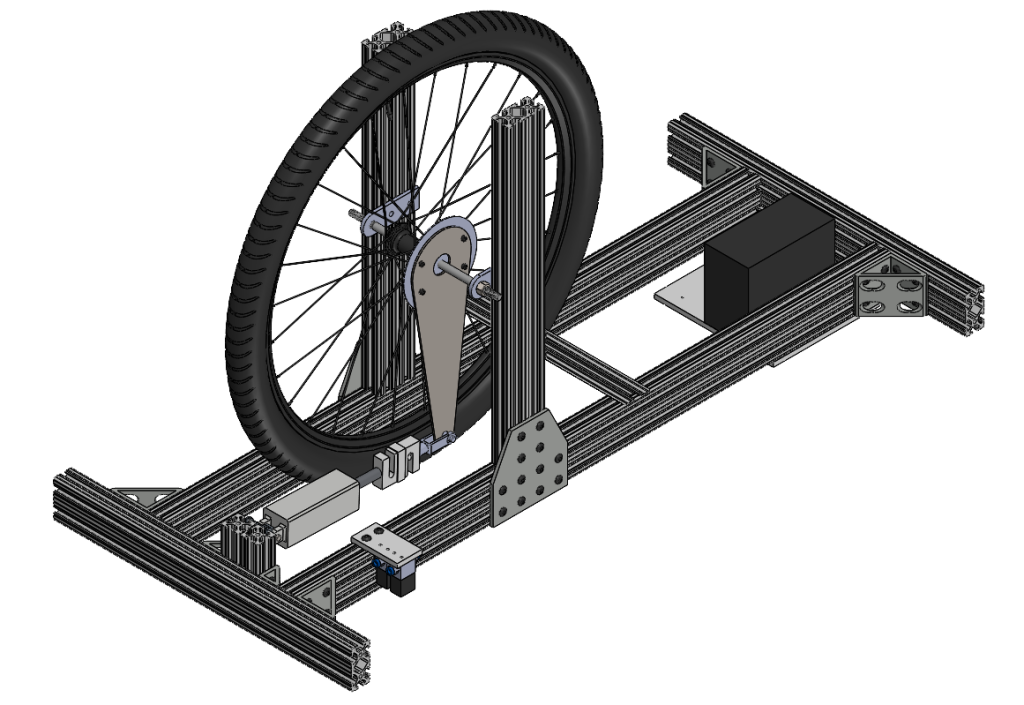
Figure 2: Initial frame design of the life cycle test rig.
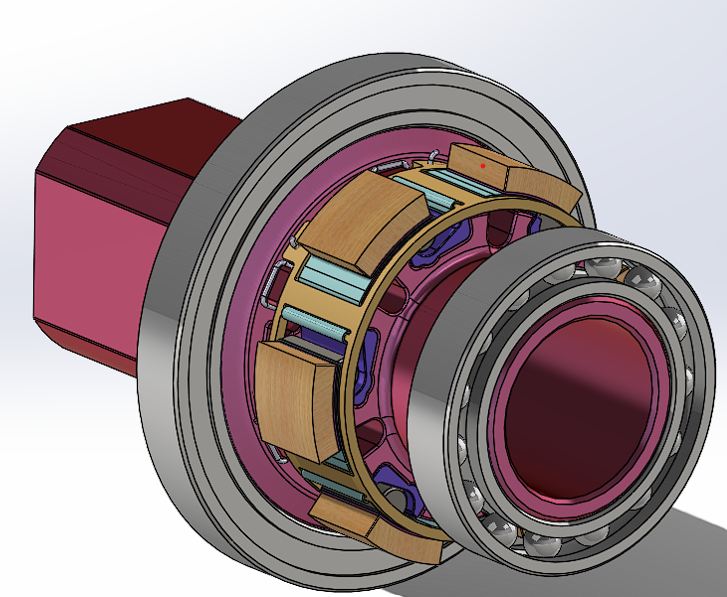
Figure 3: Initial Hub Prototype
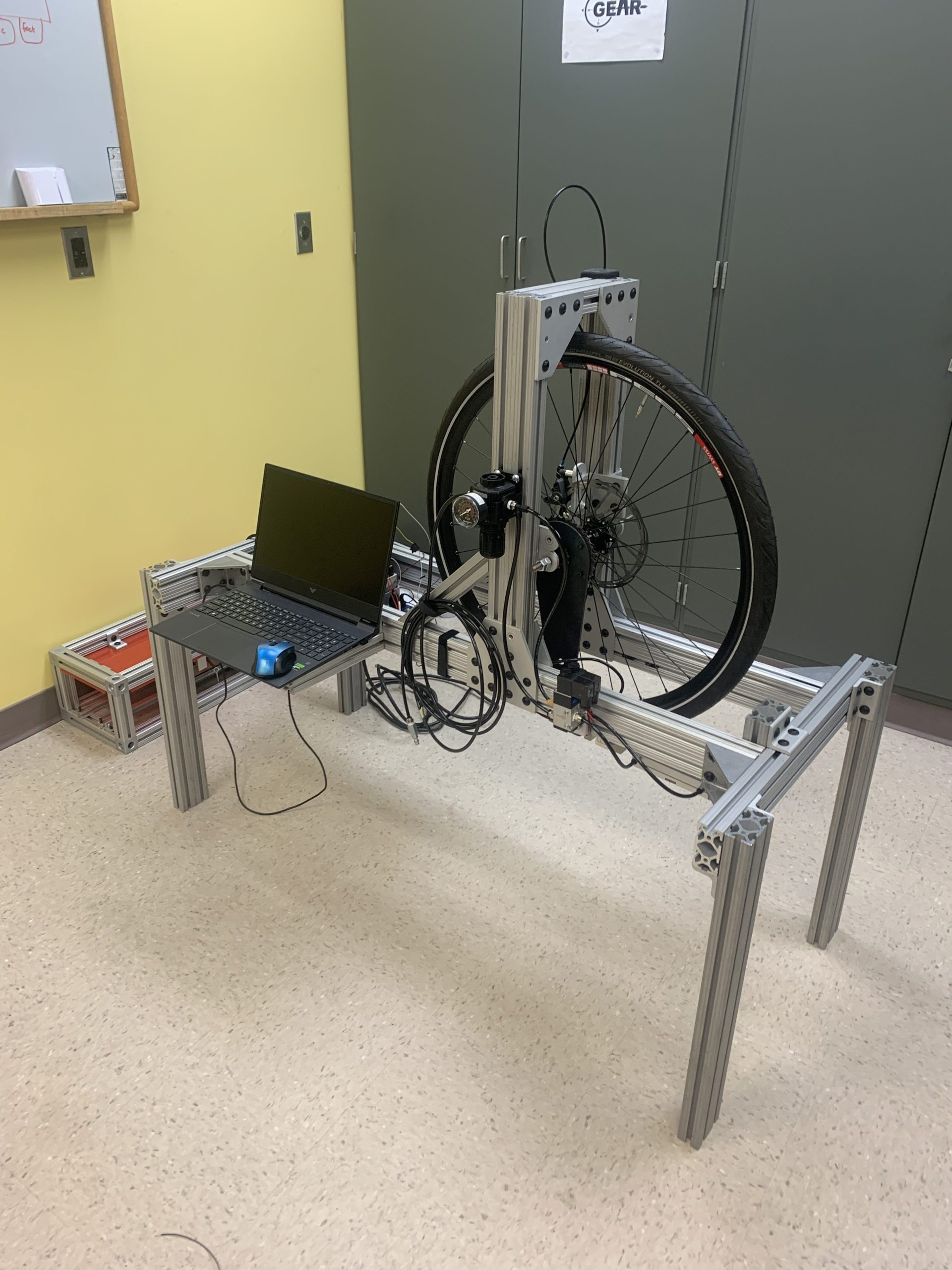
Figure 4: Life cycle test rig update
Figure 5: Sound/Drag testing in anechoic chamber
